Intro
Contents
Innuos Design Philosophy
In the realm of high-end audio, Innuos has made a name for itself as a Portuguese company that crafts top-of-the-line music servers that are both dependable and expertly designed. The founders, Nuno Vitorino and Amelia Santos, approach their product line with a thorough mindset, choosing to enhance and broaden their existing products rather than venturing into other audio components such as speakers, amps, or DACs.
Innuos holds the belief that a systematic approach to product design is critical to creating dependable and superior audio equipment. Their design principles prioritize an intense focus on details and precise engineering. Let’s take a look at one of their latest additions: the PhoenixNET audiophile Ethernet switch.
The Sound of an Ethernet Switch
You may be asking yourself, “How can an Ethernet switch impact the sound quality of my digital music playback?” After all, Ethernet switches are simply responsible for directing digital data from one location to another, correct? While a switch’s main job is to transfer data packets between devices, it’s important to remember that these packets contain more than just zeros and ones. Instead, they are analog electrical signals that can be susceptible to noise and interference.
In the digital audio world, noise is an ever-present issue that can arise at any point in the signal chain. Even if the digital signal is spotless, noise can contaminate it as it moves from the router to the streamer. This is where the PhoenixNET comes into play. As a barrier against noise and interference, the PhoenixNET can assist in ensuring that your digital music playback is as unblemished and precise as feasible.
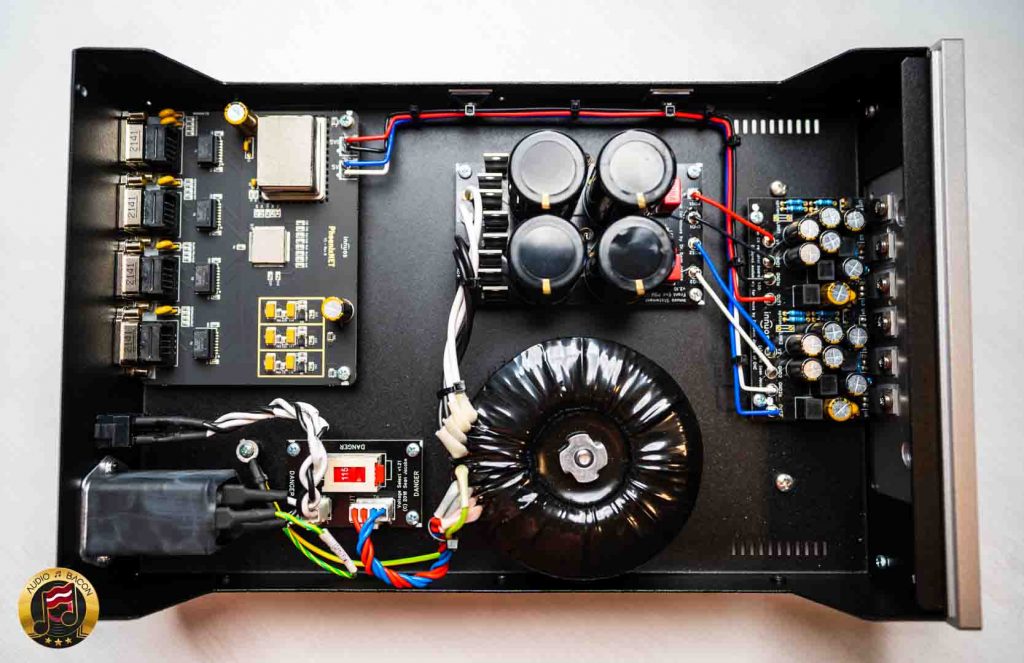
Features & Design
The PhoenixNET exceeds the typical features of an audiophile Ethernet switch and stands as a remarkable masterpiece of design and engineering. Innuos has spared no expense in crafting a device that is both aesthetically and sonically pleasing. The front panel is a thick, CNC-milled marvel, featuring a sleek and modern design with angled planes that come together in perfect harmony. The product’s logo is the only feature on the front panel, emphasizing its clean and minimalist design.
The PhoenixNET is a heavyweight weighing in at 11 pounds and measuring 8.46 x 3.42 x 13.46 inches. The PhoenixNET features multiple anti-vibration measures, including three large aluminum anti-vibration pucks underneath. Each of which incorporates a rubber O-ring. Oh yeah, it also has large inner springs that are tuned to the resonant frequency of the chassis itself. And there’s also a dampening pad underneath the top part of the enclosure to reduce vibrations. Innuos is obviously fastidious in their design approach.

The Guts
Innuos developed the motherboard of the PhoenixNET from scratch. Each RJ45 socket has its own isolation transformer. Take one look at the photos and you’ll see just how clean and purposeful their design is. Innuos’ network switch chip of choice is a low-noise 100Mbps one with three external Analog Devices LT3045 regulators. This silicon directly connects to a large 3ppb 25MHz OCXO clock mere millimeters away to secure maximum precision and reduce jitter.
But what truly sets the PhoenixNET apart is its power supply section, designed by none other than Dr. Sean Jacobs. The CX module is meant to reduce DC hum by a factor of 1,000, ensuring a clean power supply for the clock and network chip. These chips get their own regulation blocks and voltage rails, with a large toroidal transformer and Mundorf caps completing the package. To further safeguard against unwanted electromagnetic interference, the PhoenixNET is equipped with isolating transformers and heavy shielding around each of its four ports.


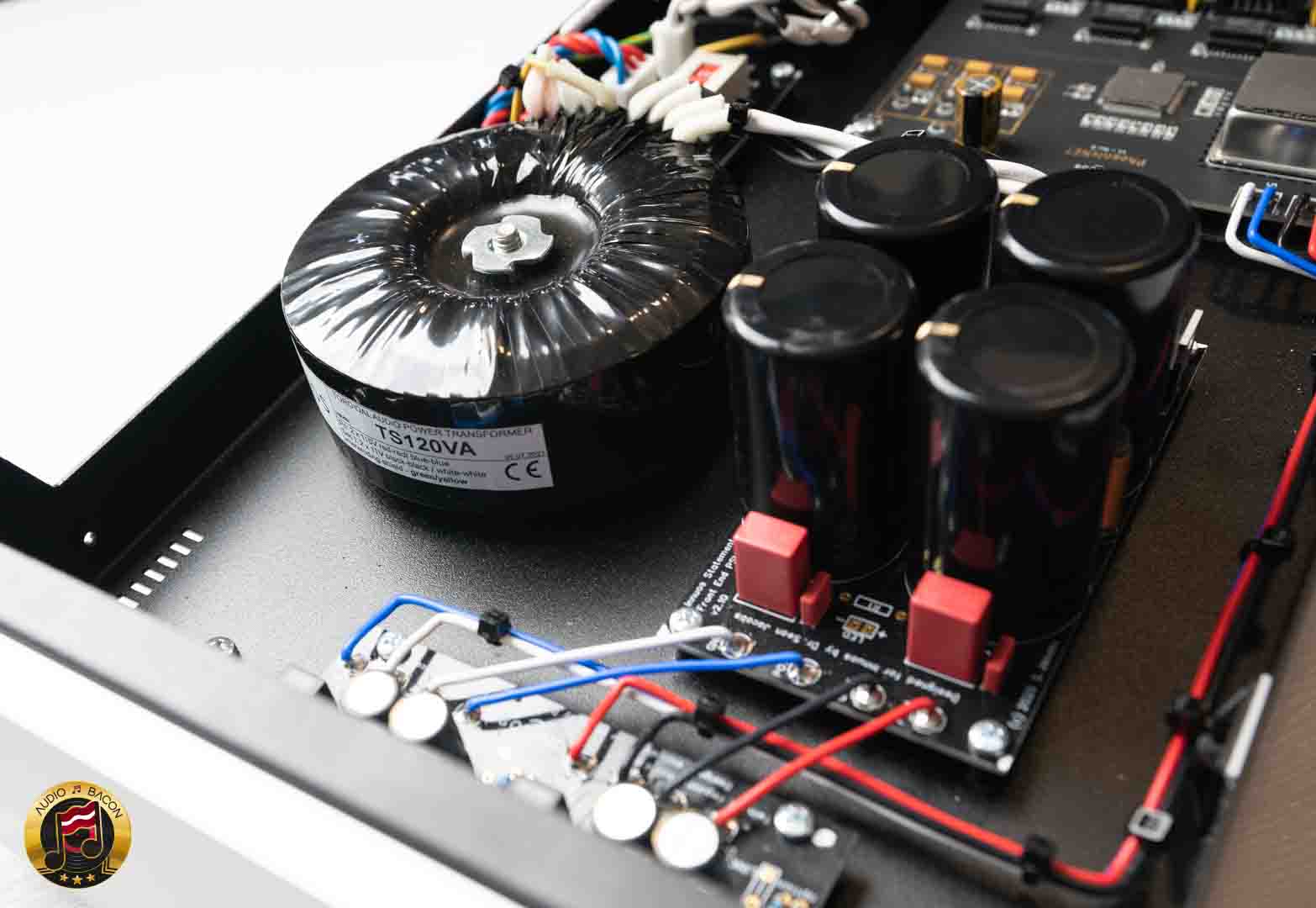

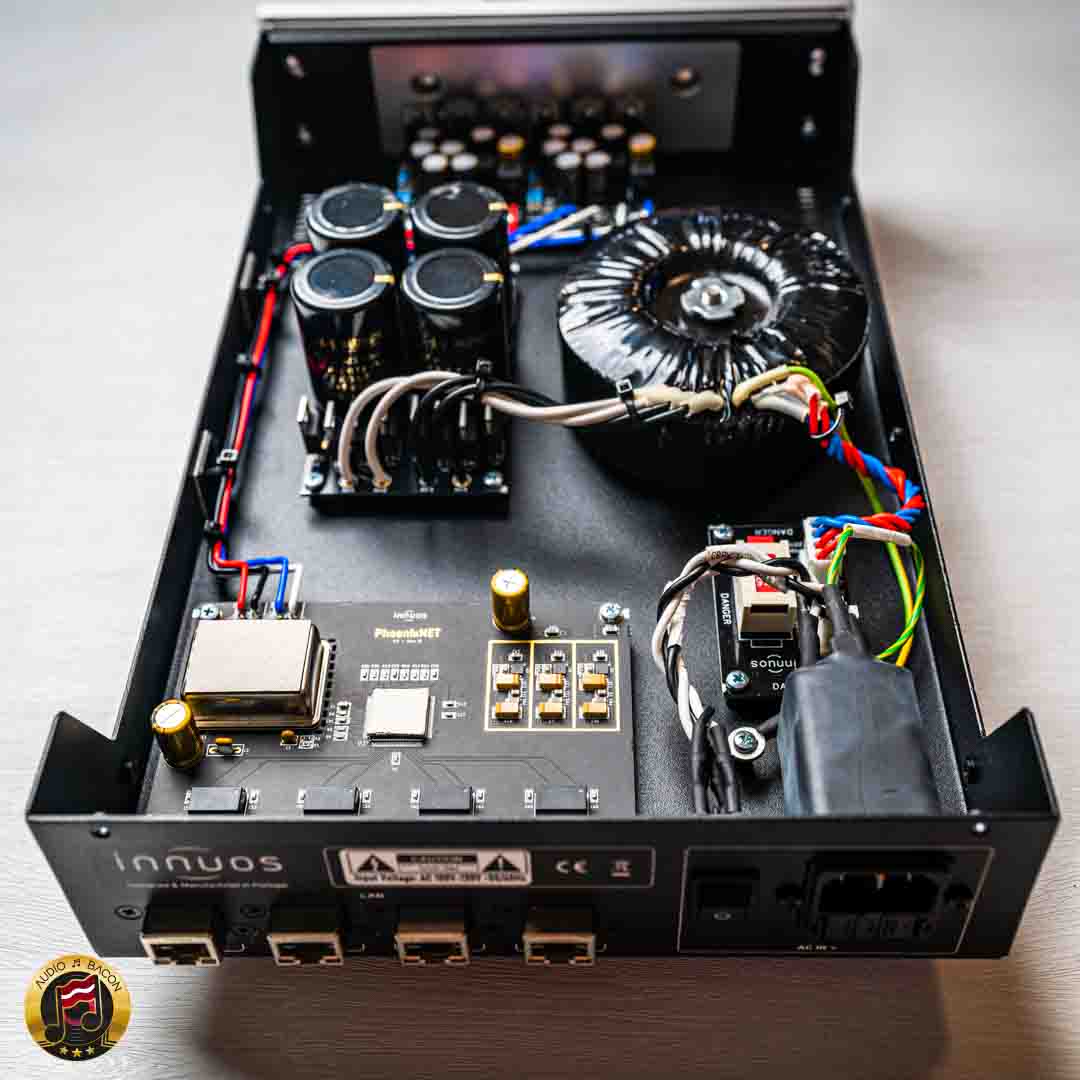
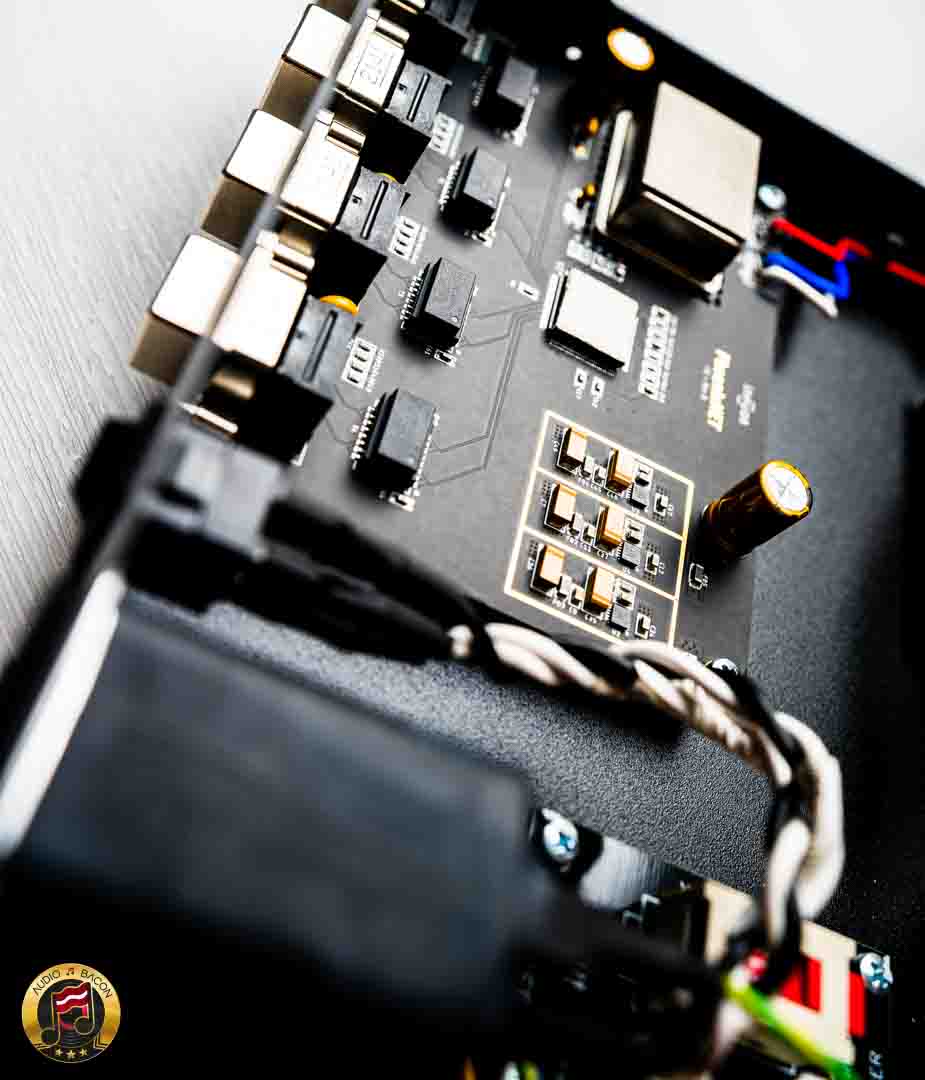
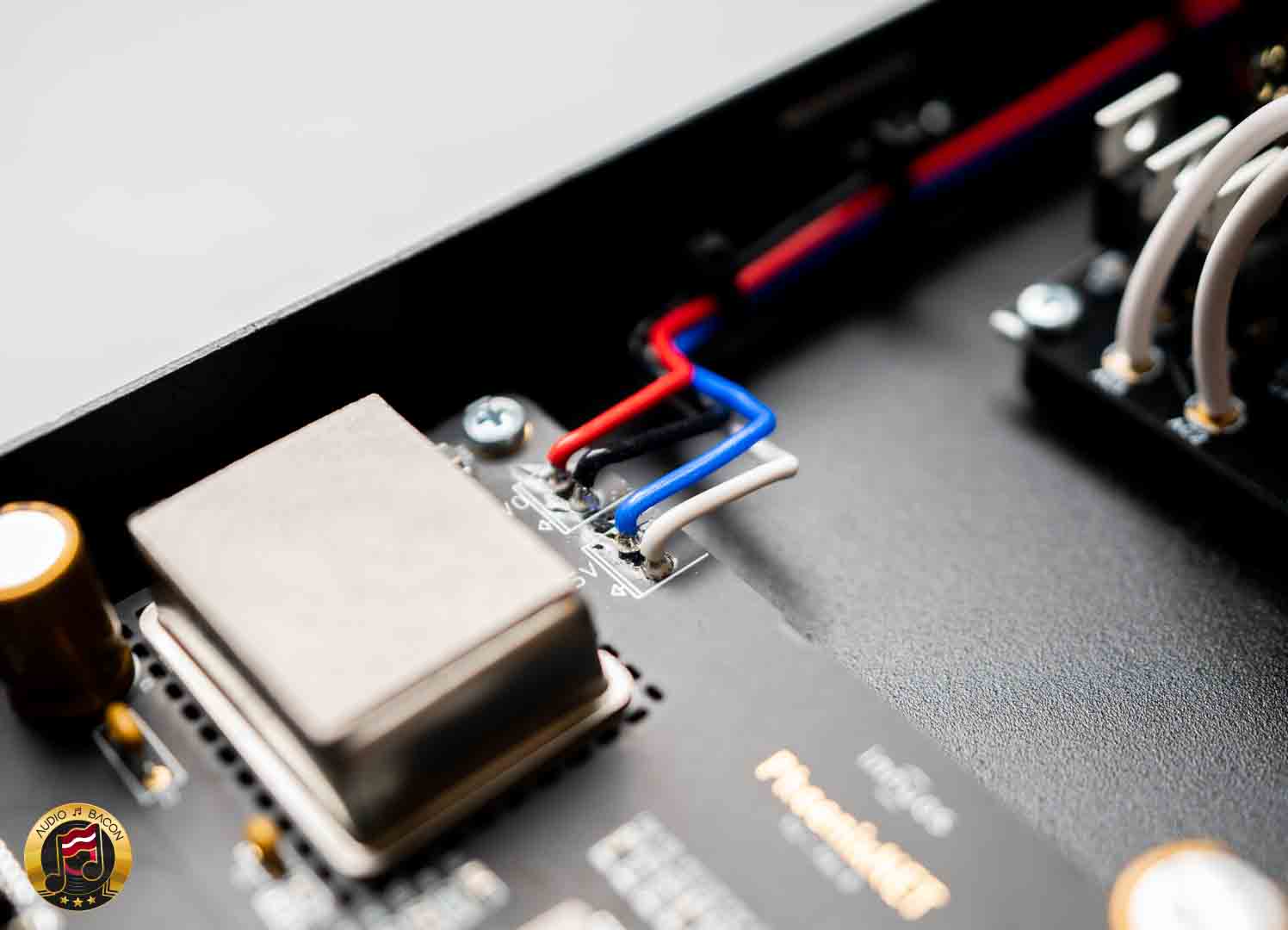

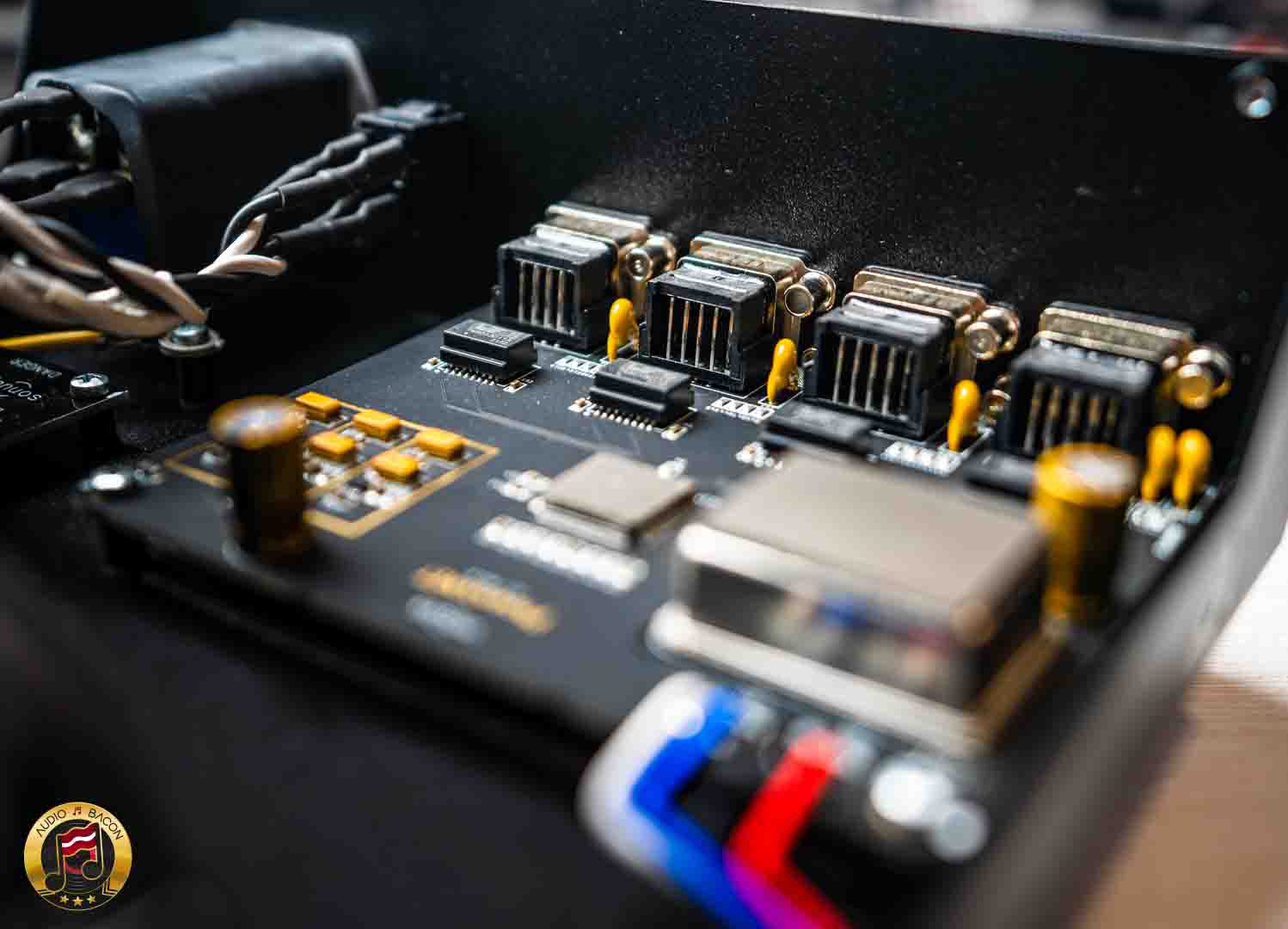
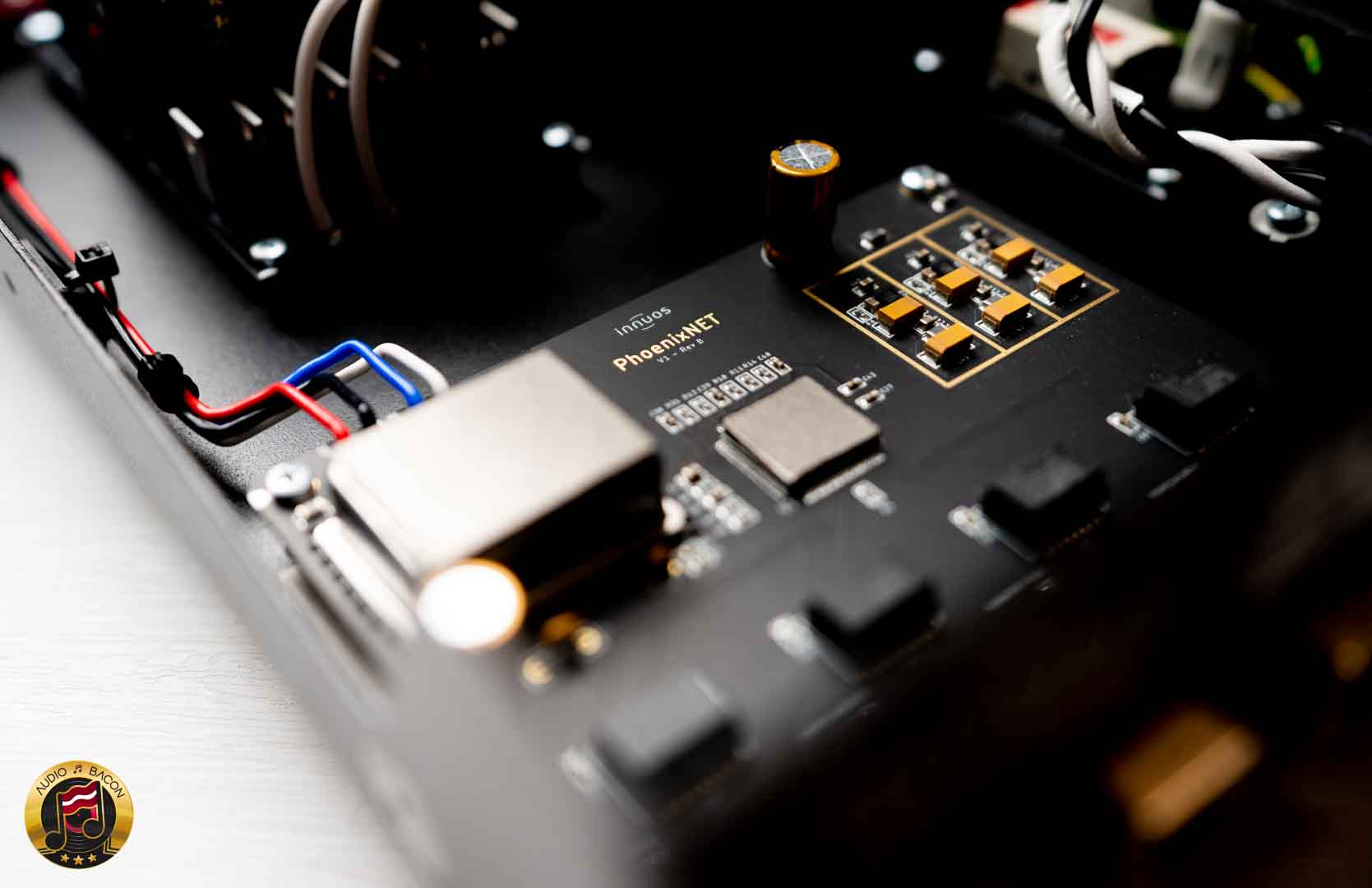
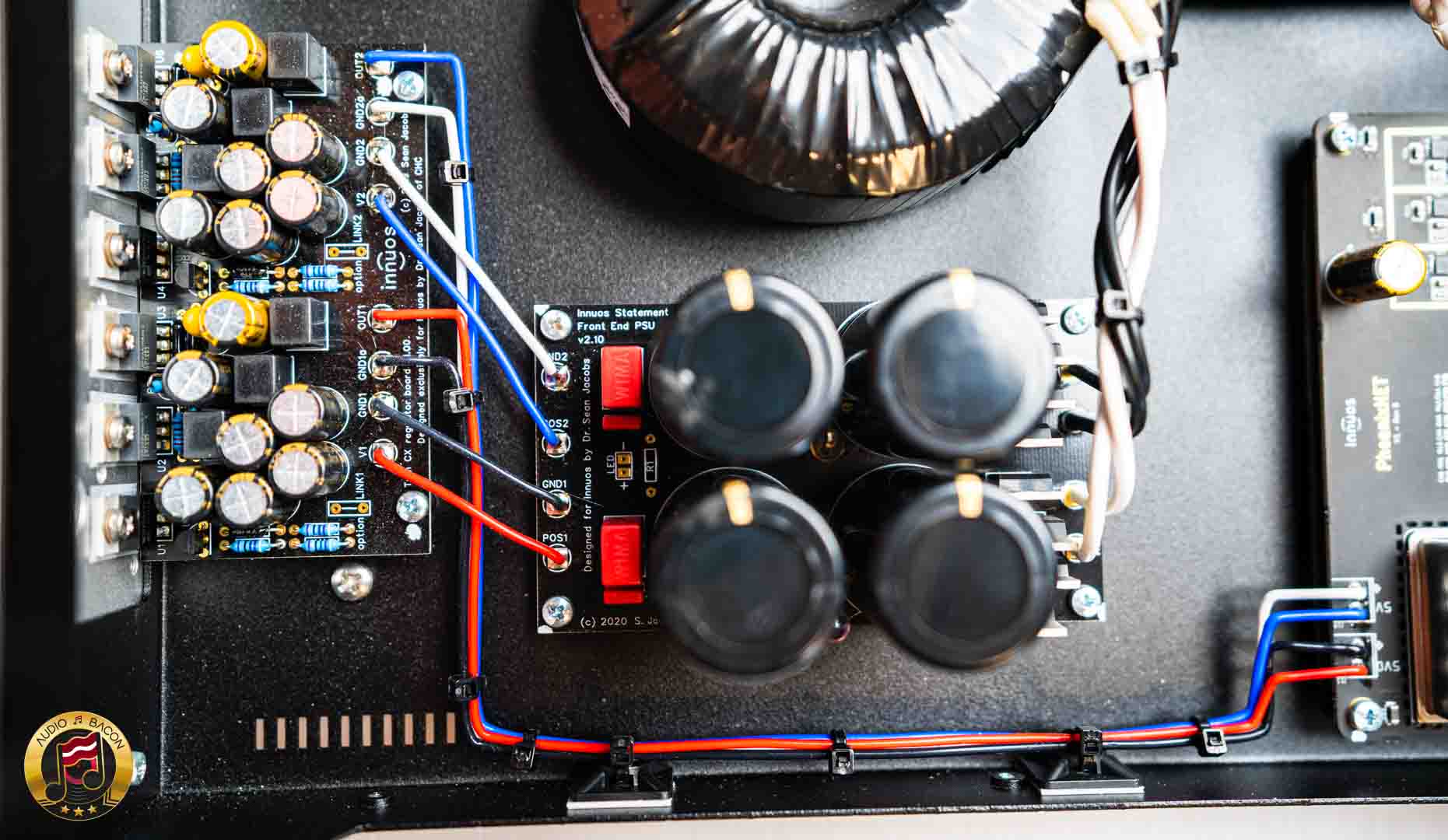
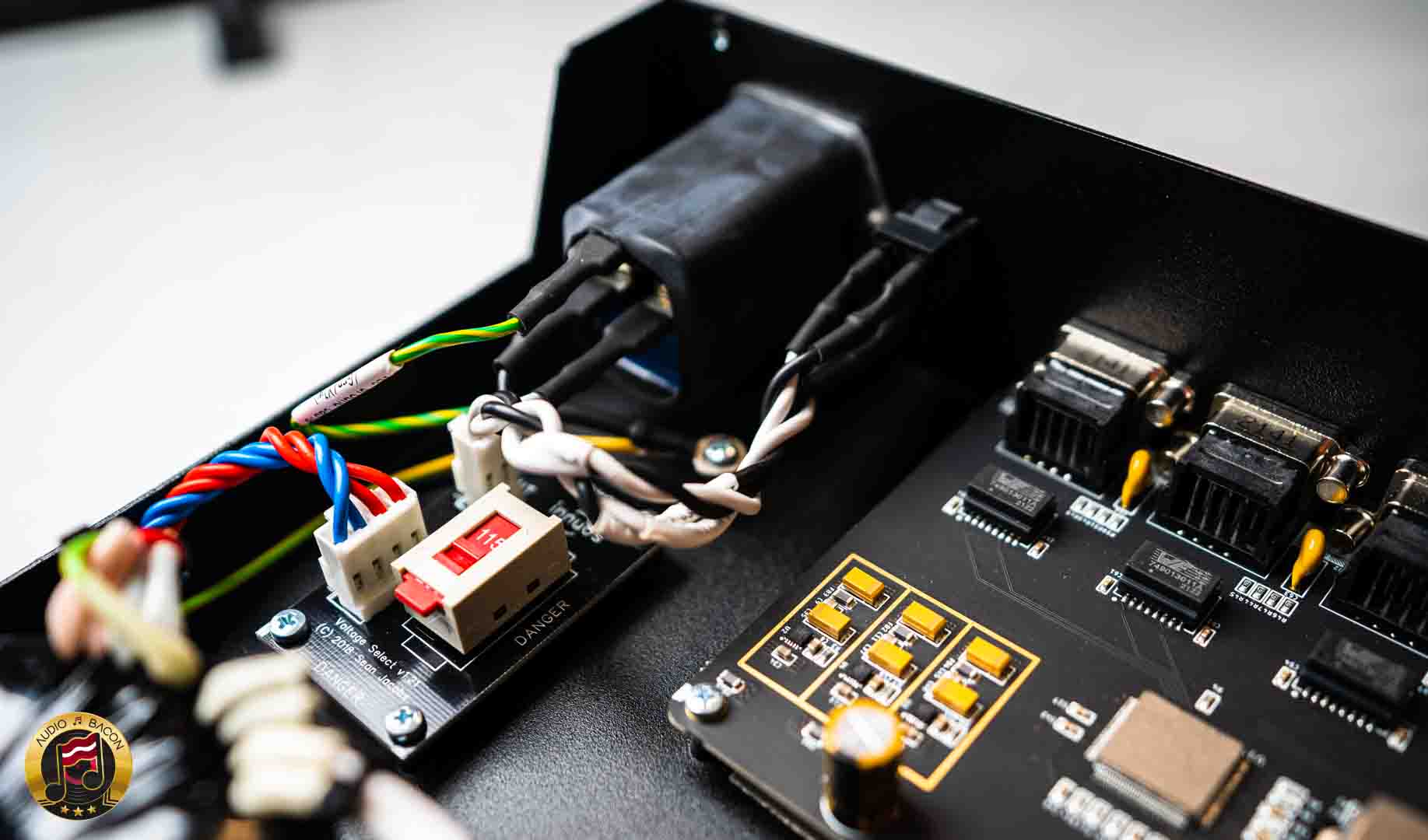
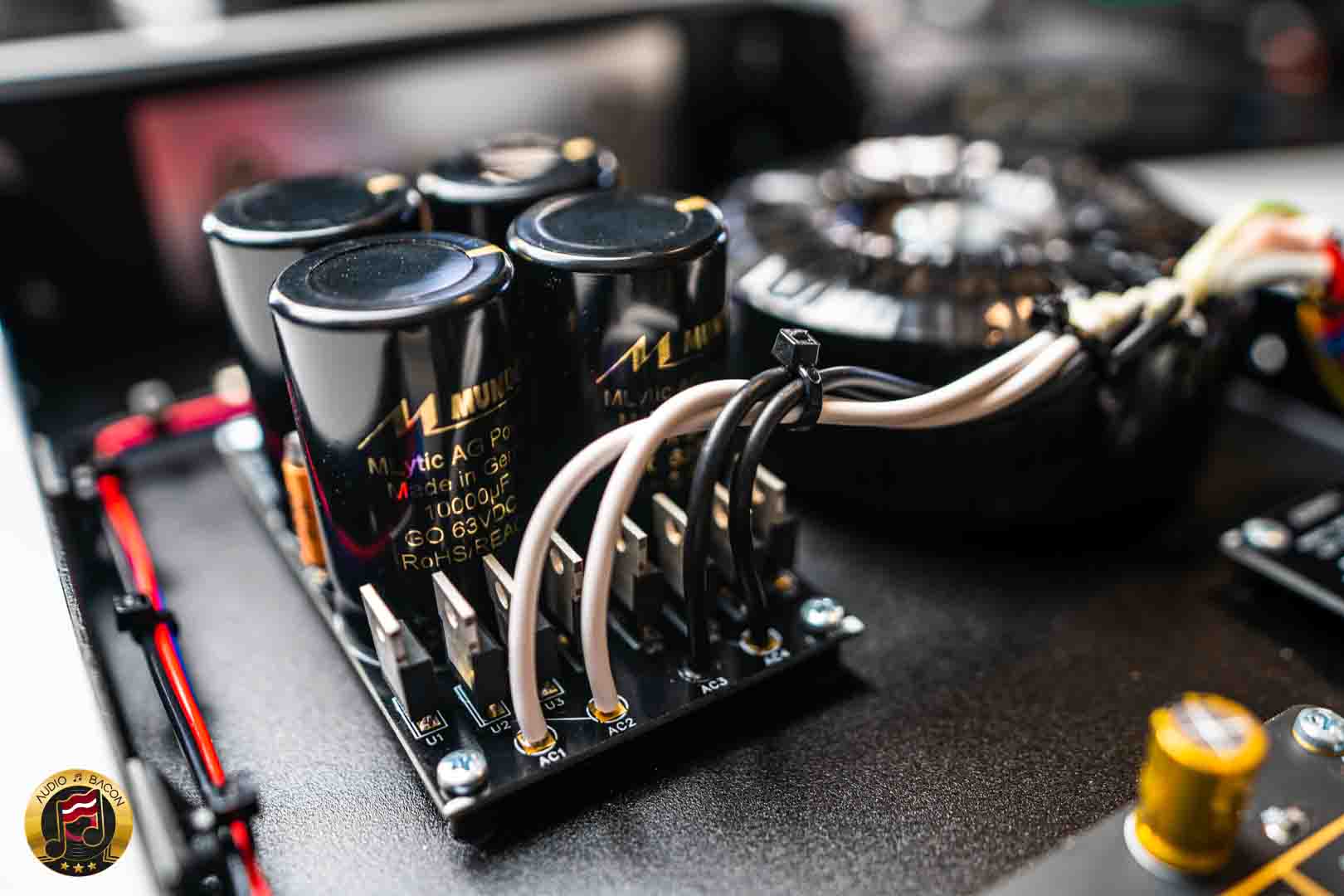
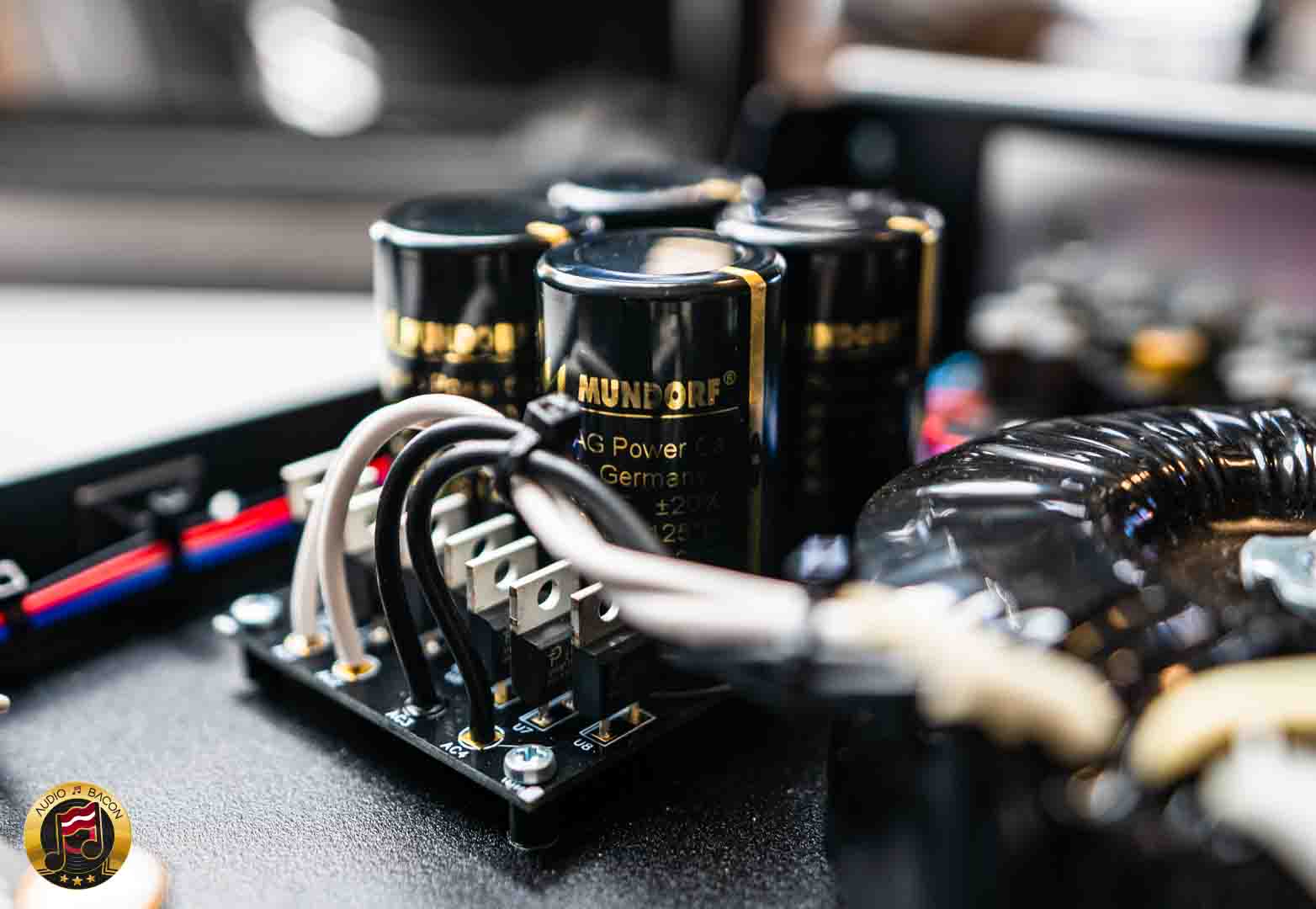
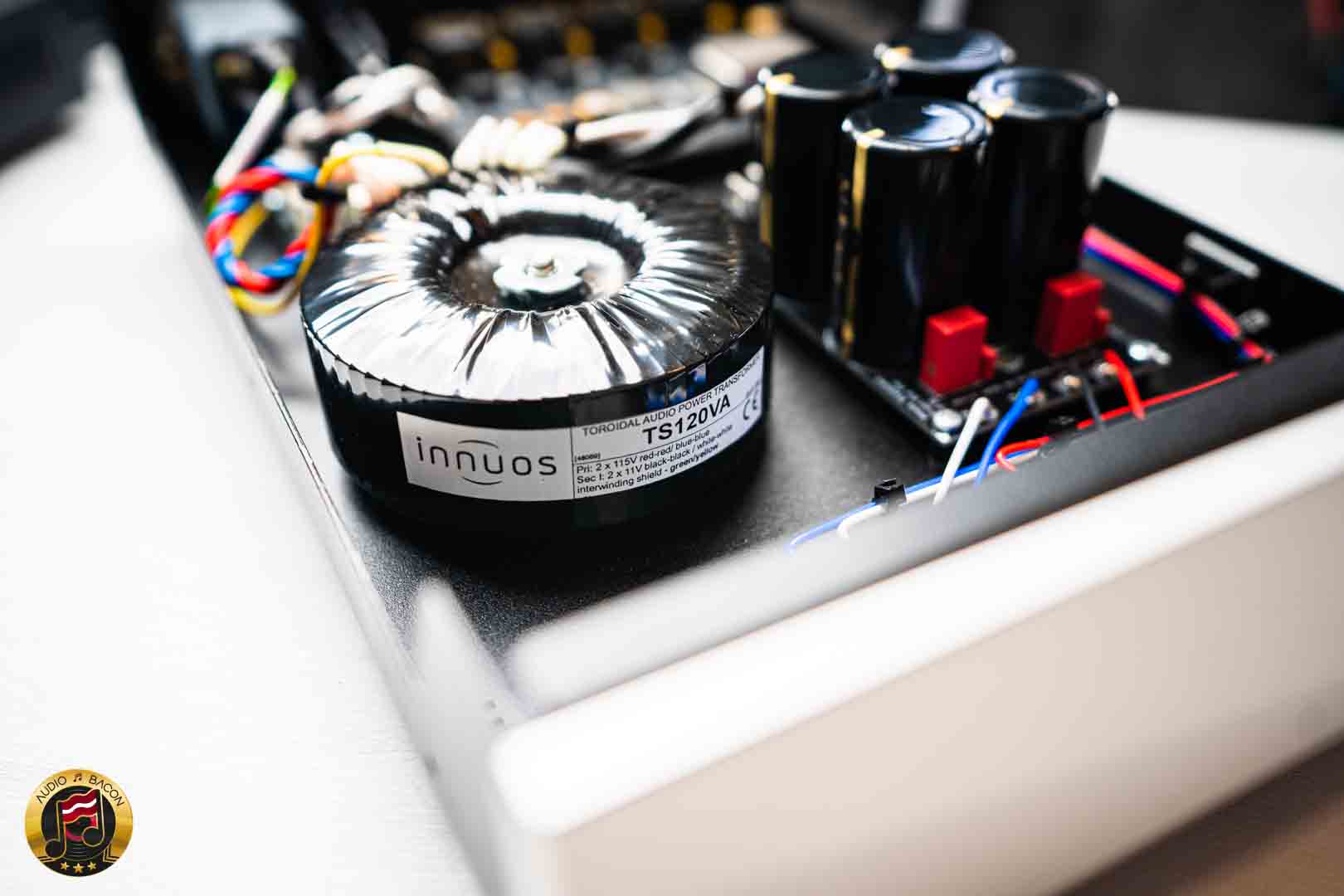

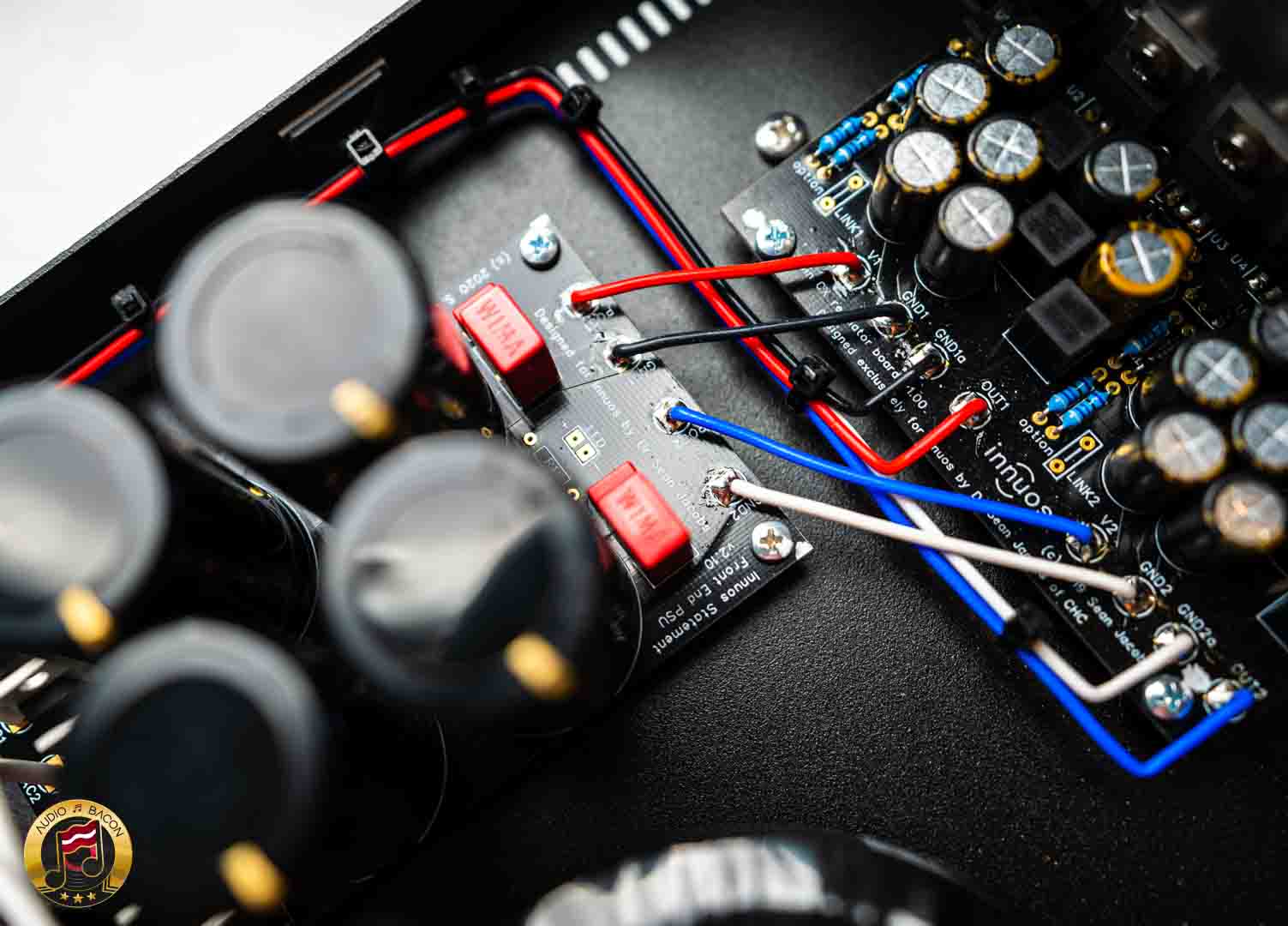

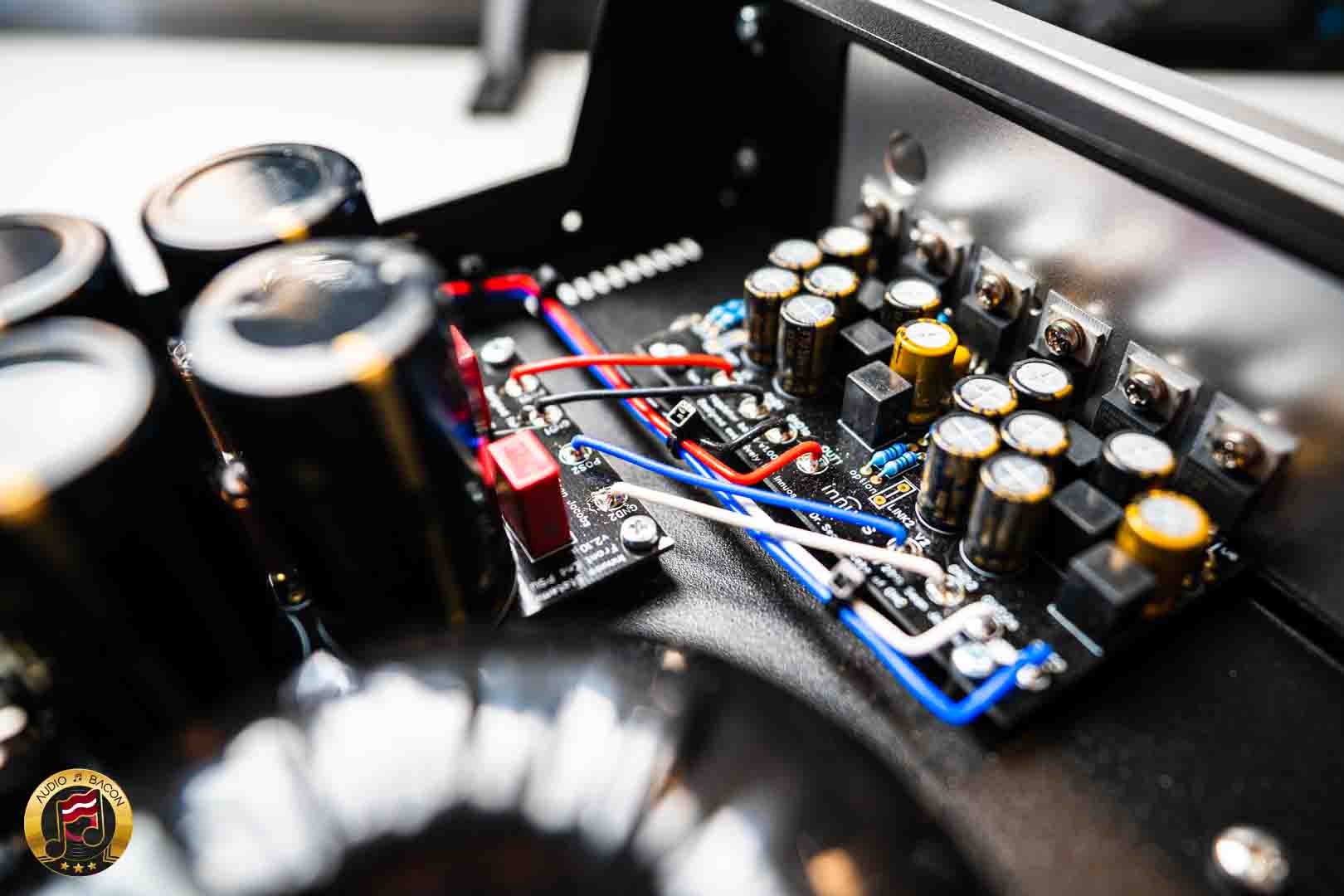
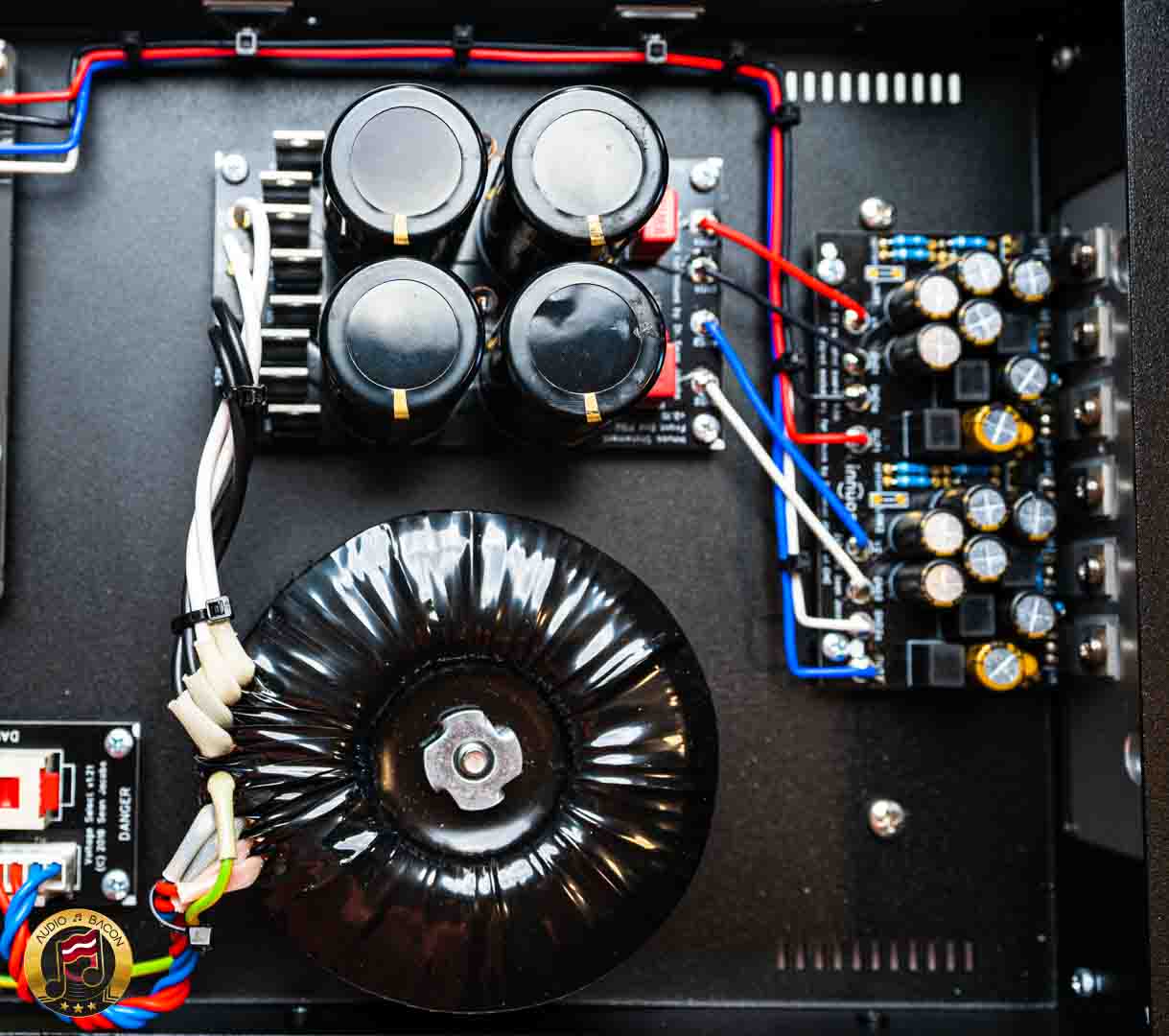


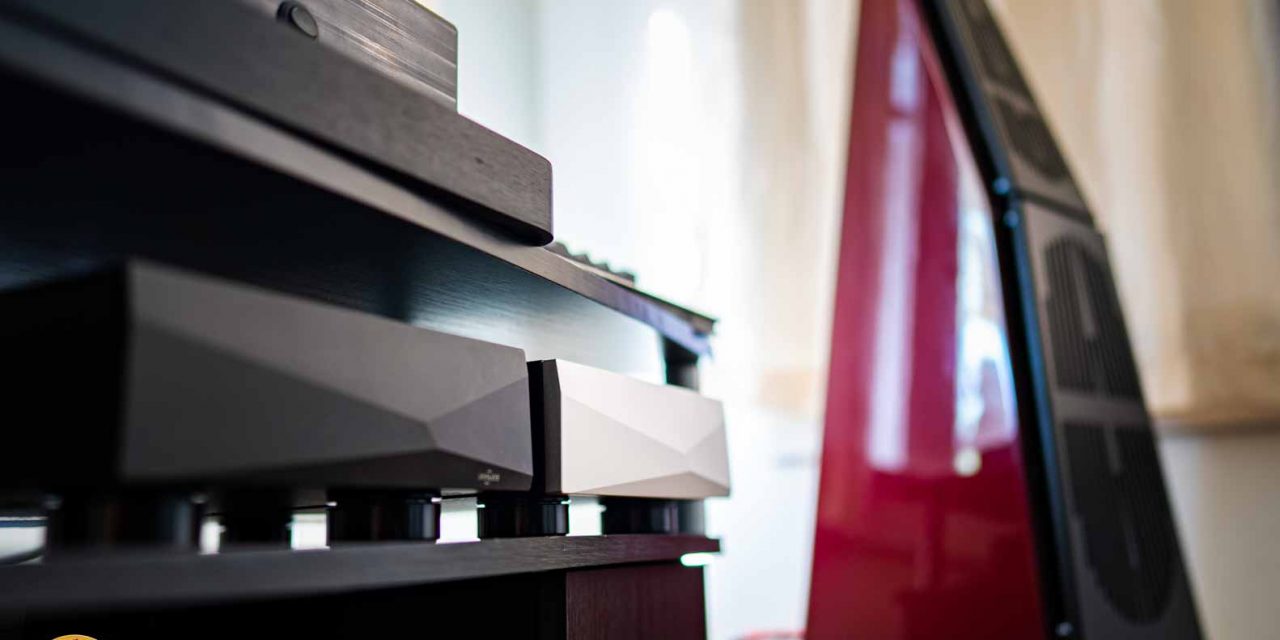




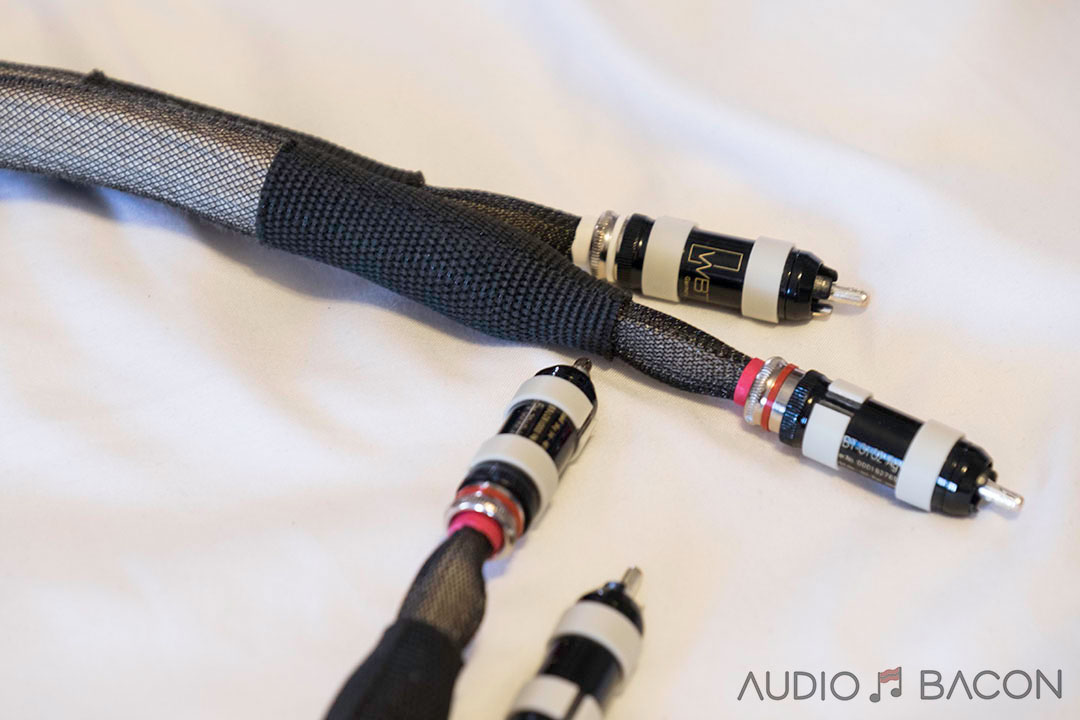


Thanks Jay for the detailed and wonderful review. I also am considering adding this device to my streaming setup. One question, did you ever have the opportunity to try the Gigafoil v4 Ethernet filter in your system? If so, any comments on how it compares to the PhoenixNET?
Thanks again,
Seph
I have not! I’ll have to look into it. Been out of the loop for a while 😉
I wish Innuos would add SFP to their switches. This is the game changer, and without it I will not now consider a product.
SFP doesn’t always sound better though?
Hey Jay, have you compared the QNet? I own the PhoenixNet, and I love it. But Nordost Qnet with their Qsource PSU has me wondering…how it would compare. Thanks for your amazing work as always!!
Hello
what would you rather recommend?SOtM switch with clock connection and main clockVS INNUOS Phoenix switch?Libe greetings, your tests are awesome
How were you powering the SOtM sNH-10G for your comparison Jay?
Personally, would be very curious to hear the relative difference between the Innuos, and the SOtM at a similar price range — say the sNH-10G + sCLK-OCX10 with with a similar level of power supply (DC3/DC4 etc)!
Powered with a Paul Hynes SR7. Generallyn speaking, the Innuos is denser and richer. With the sCLK-OCX10, the resolution is matched more closely but the tonal color is still very different (SOtM being closer to neutral).
Jay, great review. I was wondering if you have any experience with the Uber popular Etherregen switch?
its always nice having reviews for these very niche products, thanks!
It drives me INSANE that i can hear the difference in hard drives for music. Do you have any recommendations for “”music drives””? Im too broke for a streamer haha
You Audiophiles guys really are the biggest pigeons ever.
Sincerely,
As an electrical engineer how could you recommend such scam? Basic electronics, 100Mb, and you said it, 0 and 1…
And people are buying these…
It passes an exact digital copy. The music isn’t fuller, richer and in anyway different than a $100 switch.
Sorry to disappoint you all. If you know networking protocols and have sniffing hardware you can monitor the error rate to prove that it isn’t any better. The timing of the digital music is not controlled by the switching hardware, the data is buffered and the DAC at the end of the digital chain times the data conversion.
Do not forget the 2000$/€ ethernet cable too, otherwise the 0 and 1s will become 2. How stupid can people get?
I have had the PhoenixNet for several years. It made a very large improvement in my chain from the moment it was plugged in (it was already burned in as a demo).
P.S. It looks as if some ASR followers have posted this month. Too bad.
Jay, thanks for your in-depth review. I had a thought about an easy a/b experiment regarding the impact of the PhoenixNet on playback of local files on the server. If you unplugged the ethernet cable from the server, and then played back local files on the server, you should get better sound quality if the LAN is indeed injecting noise. Logically, it should sound comparable to how it sounds with the PhoenixNet engaged. This presumes, of course, that your server can function without LAN-based control. I am getting the PhoenixNet tomorrow, and will try this out. Thanks. — David
That would work if there was a way to communicate to the server without a network connection to it. I think I’ve tried a wireless adapter and it actually sounded worse.